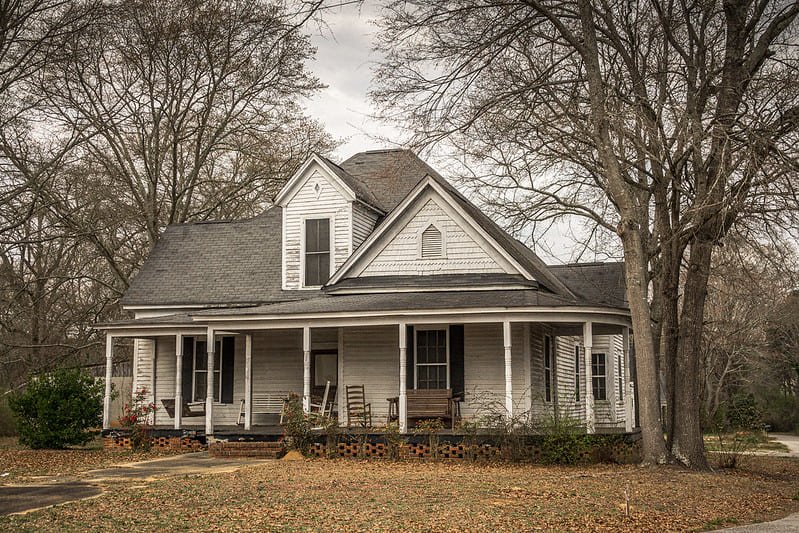Radon is a naturally occurring radioactive gas that can seep into homes from the ground. While low levels of radon are generally harmless, high levels can increase your risk of lung cancer. Older homes are particularly susceptible to radon problems due to their construction and age.
Here are some key reasons why older homes often have higher radon levels:
Construction Practices: Homes built before the 1980s were often constructed with looser building standards, leaving more gaps and cracks in the foundation and walls. These openings provide pathways for radon to enter the home from the soil beneath.
Foundation Type: Older homes may have basements or crawl spaces with dirt floors, which are common entry points for radon.
Soil Type: The type of soil surrounding a home plays a significant role. High-radon areas often have soils rich in uranium, which is the source of radon.
Lack of Radon-Resistant Construction: Modern building codes often include radon-resistant features, such as sealed concrete slabs and subslab depressurization systems. Older homes lack these features.
Statistical Evidence:

While comprehensive nationwide data on radon levels in homes of different ages is limited, several studies and reports support the higher risk in older homes:
EPA Studies: The Environmental Protection Agency (EPA) has conducted numerous studies on radon levels in homes across the United States. These studies have shown a correlation between older homes and higher radon levels.
State Radon Programs: Many states have radon programs that collect data on radon levels in homes. These programs often report higher radon levels in older homes.
What Homeowners Can Do:
If you live in an older home, it’s crucial to take steps to assess your radon risk:
Test Your Home: Conduct a radon test to determine your home’s radon levels.
Consult a Professional: If your test results show elevated radon levels, consult a qualified radon mitigation contractor to assess your home and recommend the best solution.
Install a Mitigation System: If necessary, install a radon mitigation system to reduce your exposure.
Remember: Taking action to reduce radon exposure is a wise investment in your family’s health. If you live in an older home, it’s important to be aware of the increased risk of radon and take steps to protect yourself and your loved ones.

